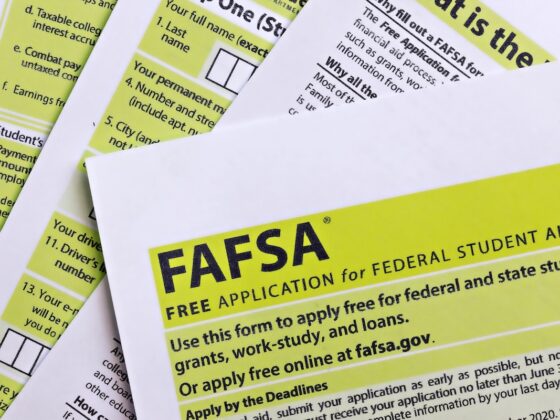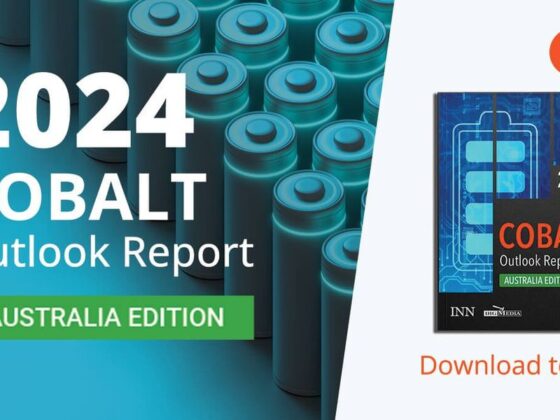My friend STE shared with us this pretty good piece by Hartford Financial Group on the case for dividend investing.
The Power of Dividends: Past, Present, and Future
I think STE appreciates that while we are successful and has worked for us in the past, we should sometimes ask ourselves a question:
Investing in dividend stocks sounds like a sensible approach. But does the evidence back it up that if you keep holding and rejuvenating a portfolio with dividend stocks, you achieve something?
By asking questions like this, it allows us to look deeper for evidence.
I think beyond that, if the evidence is weak, the research may give you clues why it’s weak and whether you have ways to tweak things.
This paper is data focus but it probably doesn’t explain much to prove if you invest in dividend stocks, you earn excess returns over the S&P 500. It is also not a piece that exhaustively covers different markets.
It does present you with the data of high dividend paying versus high dividend growth rate.
Here are some of my notes:
The first bar chart breaks down the total return of the S&P 500 by decades and the contribution to the returns:

The obvious trend is that the returns are lower now. I think they have a problem with the formula for 2000s lol. But what is obvious is that when returns end up lower in certain decades, dividends form most of the returns.
Dividend investors like to say: “I plan that if the return is 7% p.a. then the dividend returns 3-4%, I still have 3% growth to keep up with inflation.”
The second thing about this chart should tell you that this is not always the case!
There are years where returns is so much that they make up for other decades. There are years where you won’t get any growth for inflation.
You might want to shift your planning to a model where the dividend payout might have secular shifts, and the returns are more variable.
Wellington Management split the dividend paying stocks from 1930 to 2024 into 5 buckets with the 1st quintile bucket the highest dividend payers, and the 5th bucket the lowest dividend payers:


50% of the time, dividend payers outperform the S&P 500 index. I wonder if that is good enough as a dividend factor.
Here is the result by decades:


Wellington bring to our attention that the 2nd quintile of companies outperform more.
The dividend payments from the highest dividend payers are not always sustainable. Wellington thinks that a better measure is to see if a company can pay a consistent dividend through the payout ratio.
The table below shows the average payout ratio of the 2 top dividend payers:


The high dividend payers also pay out 75% of their earnings on average.
How much does dividend policies affect things?
Ned Davis Research conducted a study in which it divided companies into two groups based on whether or not they paid a dividend during the previous 12 months. It named these two groups “dividend payers” and “dividend non-payers.”
The “dividend payers” were then divided further into three groups based on their dividend-payout behavior during the previous 12 months. Companies that kept their dividends per share at the same level were classified as “no change.” Companies that raised their dividends were classified as “dividend growers and initiators.” Companies that lowered or eliminated their dividends were classified as “dividend cutters or eliminators.” Companies that were classified as either “dividend growers and initiators” or “dividend cutters and eliminators” remained in these same categories for the next 12 months, or until there was another dividend change.
For each of the five categories (dividend payers, dividend non-payers, dividend growers and initiators, dividend non-payers, and no change in dividend policy) a total-return geometric average was calculated; monthly rebalancing was also employed.


The able above summarizes the result.
Whenever someone mentions they have an affinity towards dividend investing, I would ask them what type.
I think there may be a justification to incorporate a screen to eliminate the stocks that cut or eliminate their dividend policy. I tend to think this is a bigger deal than whether dividend growers are better or dividend payers are better.
There are UCITS ETFs for both that you can buy from Interactive Brokers:
- Dividend Payer: FTSE All-World High Dividend Yield UCITS ETF – (USD) Accumulating (VHYG)
- Dividend Grower: WisdomTree Global Quality Dividend Growth UCITS ETF – USD Acc (GGRA) [Note: GGRA is in my Strategic Systematic Portfolio Daedalus]
If you see which fund that I got invested, you probably kind of know where I lean more closer towards. I would explain:
- The metrics that screen for high quality dividend growth will rejuvenate my portfolio periodically every half a year with companies that have high profitability.
- The strategy will also periodically remove the dividend cutters and eliminators.
- I tend to think I want a portion of my portfolio to have high return on assets (ROA) and high return on equity (ROE) companies and screening based on these things will rejuvenate the portfolio that way.
- The evidence shows that if we consistently buy and rejuvenate the portfolio this way, it is pretty sound.
Hartford also tends to think that way.
Corporations that consistently grow their dividends have historically exhibited strong fundamentals, solid business plans, and a deep commitment to their shareholders.


Hartford tries to give us a sensing about the future of dividends and show us that the amount of cash on corporate balance sheets have gone up significantly.
In the aftermath of the Global Financial Crisis, corporations began accruing record profits, and their balance sheets swelled as a result. Cash on corporate balance sheets has nearly quadrupled since the early 2000s. Corporations can use this excess cash in a variety of ways, such as expanding their businesses or making acquisitions. While these options may be attractive in some environments, during uncertain times some corporations may be more cautious and choose to hold on to their cash in case of another economic downturn. Companies may also choose to use excess cash to initiate a dividend or increase their existing dividend payouts.


I do think that it might be better if they just use the median ratio or something. It might likely that this data is heavily weighted by market cap. We won’t be able to easily tell if most companies are like this or the heavy market cap companies are like this.
Despite rising earnings per share, the dividend paid out is not a lot. In fact, the dividend payout ratio is less than the historically average of 56%:


FIGURE 10 shows the confluence of two positive trends that could benefit dividend investors: high corporate profits for S&P 500 Index companies coupled with near record-low payout ratios. The average dividend payout ratio over the past 98 years has been 55.94%. As of December 31, 2024, the payout ratio stood at just 35.78%—leaving plenty of room for growth.
What is less said is the United States is more buy back focus, mainly due to which method is better tax-wise. Buyback is better and thus more encouraged.
If you want return, both share buy backs and dividend give you return, and focusing on companies that have high dividends make you missed out on the companies with good free cash flow growth that also return the cash flow to shareholders via other methods.
This gives rise to factor funds like SYLD or Cambria Shareholder Yield ETF.
The ETF SYLD screens and rejuvenate the fund portfolio via dividends, buyback and debt payoff, which are typically what you do with the cash that is net of operation.


If you want to trade these stocks I mentioned, you can open an account with Interactive Brokers. Interactive Brokers is the leading low-cost and efficient broker I use and trust to invest & trade my holdings in Singapore, the United States, London Stock Exchange and Hong Kong Stock Exchange. They allow you to trade stocks, ETFs, options, futures, forex, bonds and funds worldwide from a single integrated account.
You can read more about my thoughts about Interactive Brokers in this Interactive Brokers Deep Dive Series, starting with how to create & fund your Interactive Brokers account easily.








